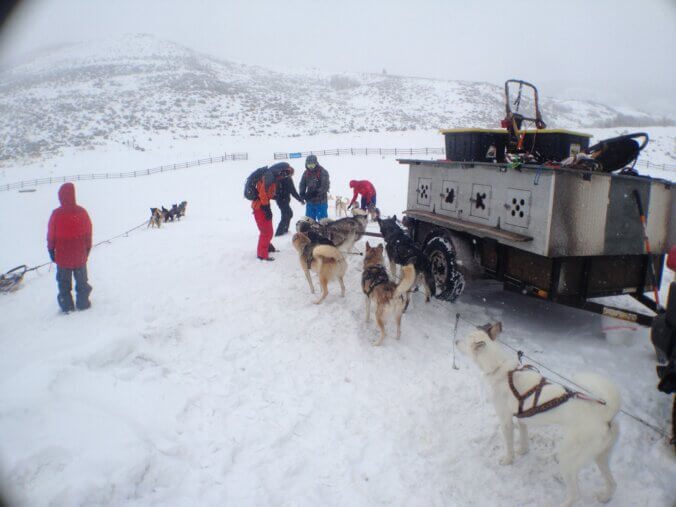Embracing the great outdoors during winter can be an exhilarating experience, but it also poses unique challenges, especially when it comes to staying warm. Whether you’re setting up a campsite amidst snow-clad trees or hiking through frosty trails, the right clothing strategy is crucial for your comfort and safety. This blog post delves into the art of layering and the best materials for winter camping and hiking apparel.
1. The Art of Layering:
Layering is your first line of defense against the cold. It allows you to adjust your clothing based on your activity level and the weather.
- Base Layer: The base layer sits closest to your skin and its primary function is moisture management. Opt for materials like Merino wool, which is excellent at regulating body temperature and wicking away sweat. Check out Merino Wool Base Layers for high-quality options.
- Middle Layer: This layer is all about insulation. It traps the heat your body produces. Fleece or lightweight down jackets are perfect for this. Consider Down Fill Jackets for maximum warmth without the bulk.
- Outer Layer: The outermost layer protects you from wind, rain, or snow. Look for waterproof and breathable materials. A good choice is a shell jacket with Synthetic fill, offering both insulation and protection. Explore a look at top rated Synthetic Fill Outer Layers
2. Choosing the Right Materials:
The materials of your clothing play a vital role in keeping you warm.
- Merino Wool: Not only is it great for base layers, but Merino wool socks also keep your feet warm and dry. It’s soft, non-itchy, and naturally odor-resistant. See recommended products at Merino Wool Gear.
- Down Fill: Down is a lightweight and efficient insulator, ideal for mid-layers. It’s perfect for dry, cold conditions. However, if it gets wet, its insulating properties decrease.
- Synthetic Fill: Synthetic insulation is quick-drying and insulates even when wet, making it a reliable choice for damp conditions. Check out Synthetic Insulated Gear for durable options.
3. Don’t Forget Your Extremities:
Your head, hands, and feet need extra attention. Insulated gloves, woolen socks, and a warm hat are indispensable. For high-quality winter hats and gloves, visit [Winter Accessories](#).
4. Layering for Different Activities:
Adjust your layers based on your activity. Remove a layer when you’re hiking uphill to avoid sweating, and add a layer when resting or in lower temperatures.
5. Additional Resources:
For more detailed information on winter camping and hiking clothing, visit:
Staying warm while camping and hiking in winter is all about the right clothing choices. By mastering the art of layering and selecting appropriate materials like Merino wool, down fill, and synthetic fill, you can enjoy your winter adventures comfortably and safely. Remember, each layer serves a purpose – moisture-wicking, insulation, and protection from the elements. Tailor your layers to your activity level and the weather conditions, and you’ll be all set for a wonderful winter outdoor experience.
Stay warm and explore on!




0 Comments
1 Pingback